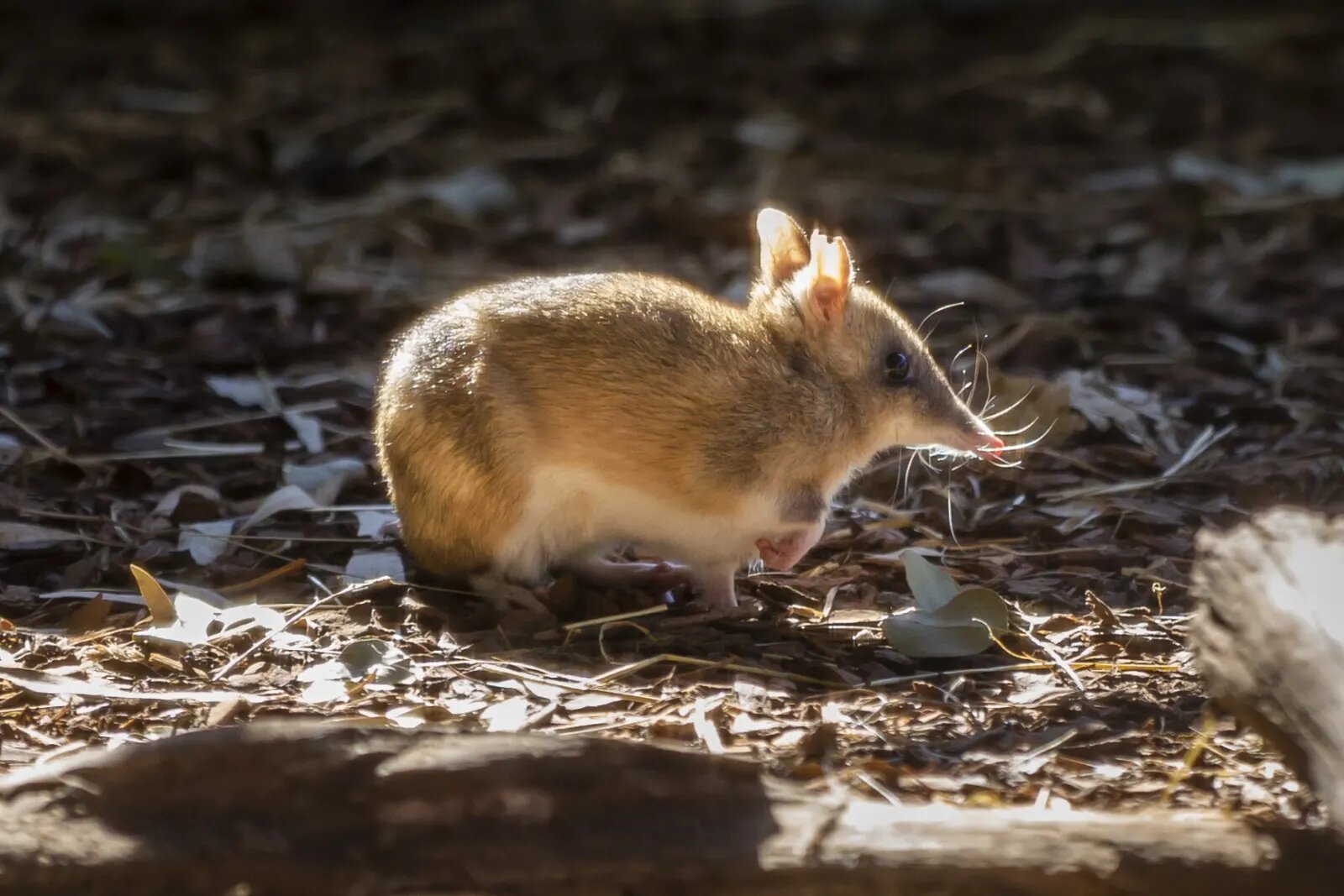- Inspiring People -
- 6mins -
- 1,784 views
Australia’s bandicoots brought back from the brink of extinction
After 30 years of conservation efforts, Victoria’s eastern barred bandicoot population has had its status downgraded from “extinct in the wild” to “endangered”.
The Eastern Barred Bandicoot reclassified as Endangered in the wild, not extinct
In 1989 the total population of Eastern Barred Bandicoots was fewer than 150 and in 2013, the species was declared as Extinct in the Wild on mainland Australia. Zoos Victoria were recently thrilled to share the news that the conservation status of the Eastern Barred Bandicoot has been reclassified from Extinct in the Wild to Endangered. The changed status is a first for an Australian threatened species and enables Zoos Victoria to end its 30-year captive breeding and insurance program.
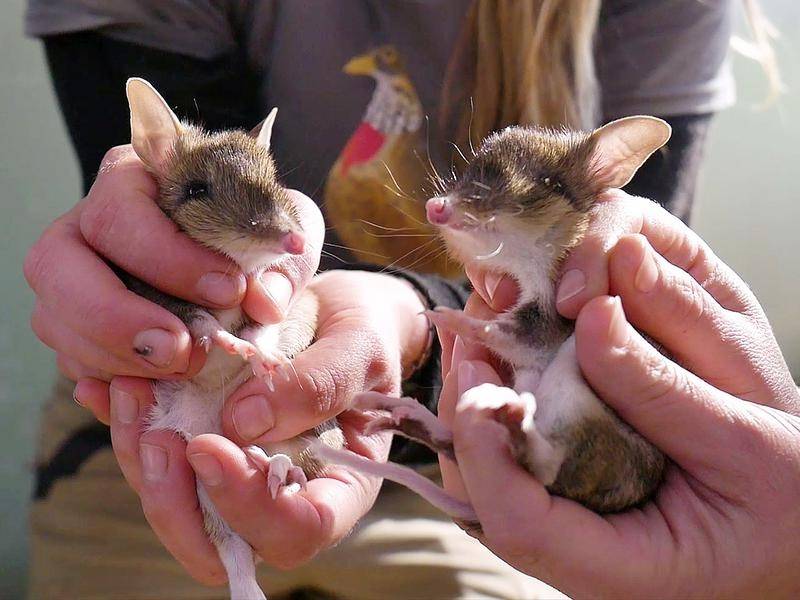
Australia’s Bandicoots bounce back from brink of extinction
In an Australian first, the threatened-species status of the eastern barred bandicoot has been reclassified down from ‘extinct in the wild’ to ‘endangered’, according to Australian Geographic.
Victoria’s Environment Minister Lily D’Ambrosio announced the reclassification on Wednesday 15 September 2021, saying the state’s eastern barred bandicoot population now has a much brighter future.
The last wild population was confined to an area near Hamilton, with about 150 remaining in 1989.
A recovery team has since established populations at four predator-free fenced sites at Woodlands Historic Park, Hamilton Community Parklands, Mt Rothwell and Tiverton, along with two sites protected by Zoos Victoria’s guardian dogs at Skipton and Dunkeld.
Captive bandicoots, some of which were inter-bred with Tasmanian eastern barred bandicoots, are also thriving after being moved to fox-free habitats on Phillip, Churchill and French islands.
About 1500 eastern barred bandicoots are now spread across the sites, prompting the reclassification.
Ms D’Ambrosio said the status change stemmed from the efforts of every member of the recovery team.
“Community volunteers have played a big role at many of the reintroduction sites, helping check fences, count bandicoots and remove weeds and pests,” she said.
The reclassification will also allow Zoos Victoria to end its 30-year captive breeding program after producing almost 1200 bandicoots.
Source: AustralianGeographic.com.au
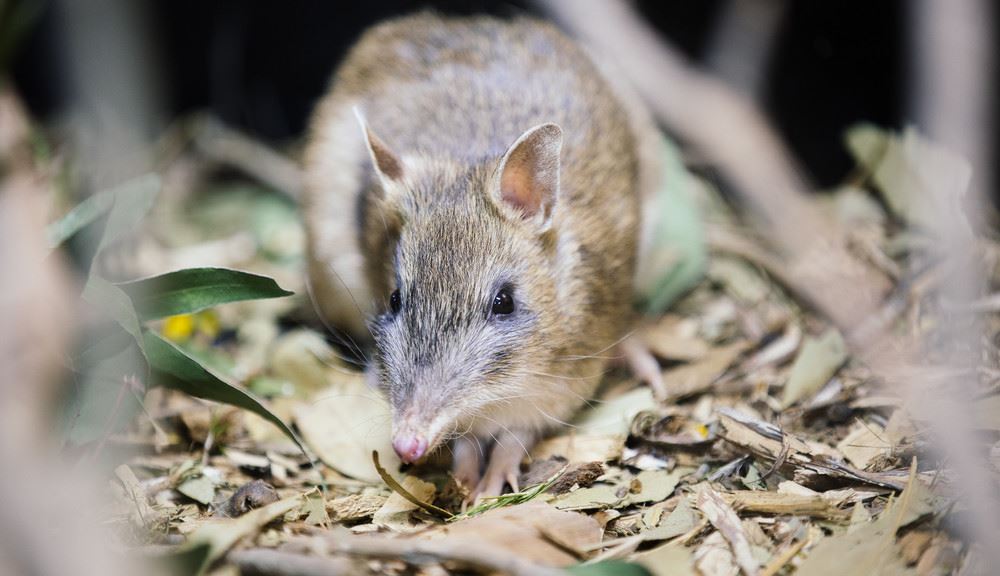
the recovery program relied on purpose-built predator fences to exclude foxes
A recovery program was launched in 1988 and began trialling different approaches, including baiting for feral species and using fences. It soon became clear that foxes and eastern barred bandicoots couldn’t mix.
“Bandicoots don’t recognise them as a predator and foxes will ‘thrill kill’ – kill as much as they want and far more than they can eat,” Dr Amy Coetsee, a threatened species biologist at Zoos Victoria who has worked with bandicoots for 16 years, told The Sydney Morning Herald.
Instead, the recovery program relied on purpose-built predator fences to exclude foxes, and embarked on a breeding program to boost the existing population.
These fences were expensive – about $40,000 per kilometre – for a 1.8 metre-high fence with a chicken mesh “skirt” (to stop foxes tunnelling underneath), and a floppy overhang to prevent them climbing over. Site monitors had to constantly check them for damage.
A trial using trained maremma dogs to guard eastern barred bandicoots is underway at Skipton and Dunkeld, with 20 bandicoots watched over by two or three dogs at each site.
“If it works we could have one day have bandicoots across mainland south-west Victoria again,” says Dr Coetsee.
Instead of being protected by expensive fences we will protect them with dogs.”
Source: SydneyMorningHerald
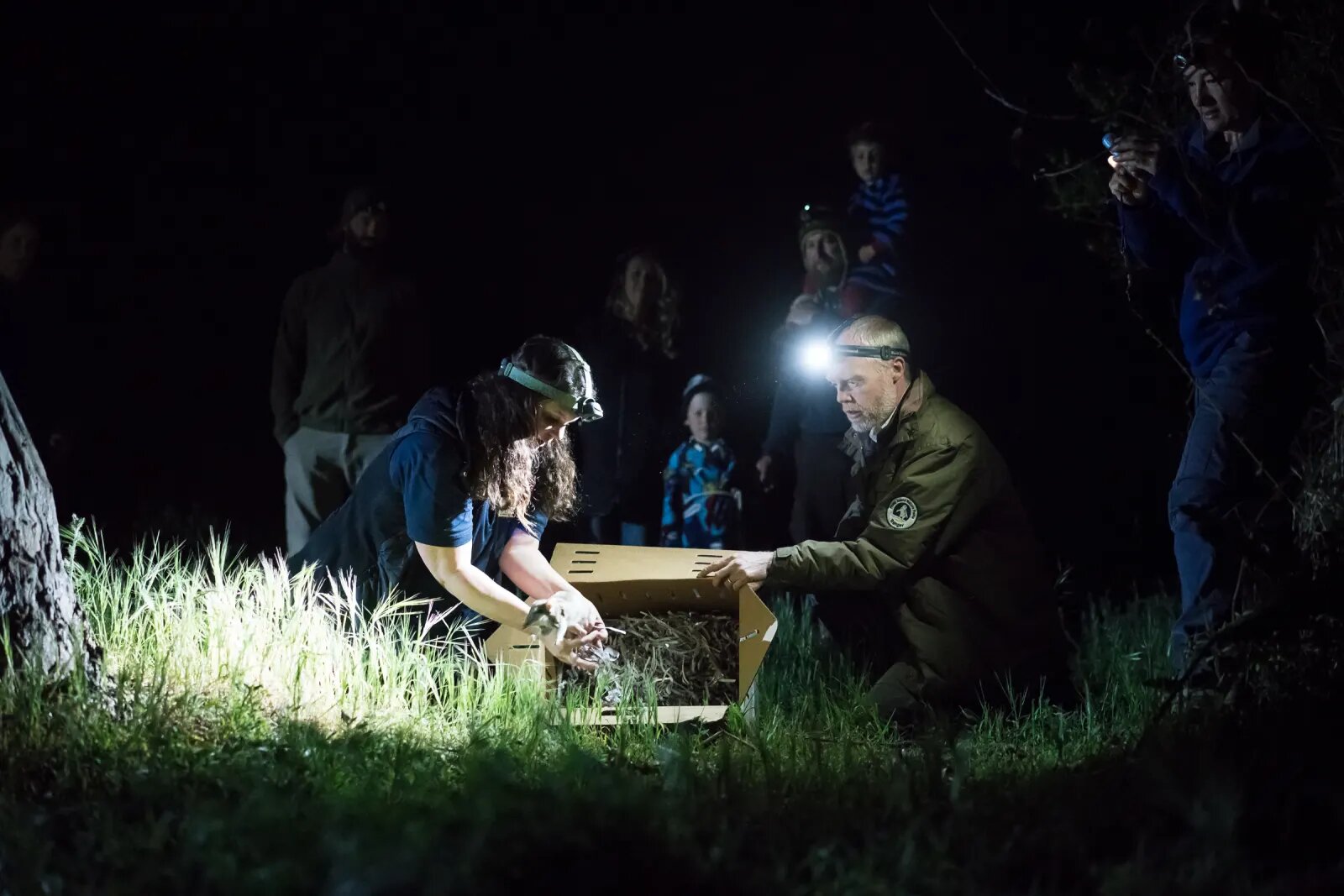
What is The Eastern Barred Bandicoot?
The Eastern Barred Bandicoot is a small marsupial endemic to south-eastern Australia. Since European settlement, this species has undergone widespread and catastrophic decline in range and abundance on the mainland due to fox predation and habitat loss.
Eastern Barred Bandicoots have one of the shortest gestation periods of any mammal, at just 12.5 days. Females give birth to 1-4 young that remain in the backwards-facing pouch for approximately 55 days. At three months for females and four months for males they are sexually mature.
Their small population size means loss of genetic diversity is another potential threat to the Eastern Barred Bandicoot, making reintroduction to the wild all the more urgent.
Source: Zoo.org.au
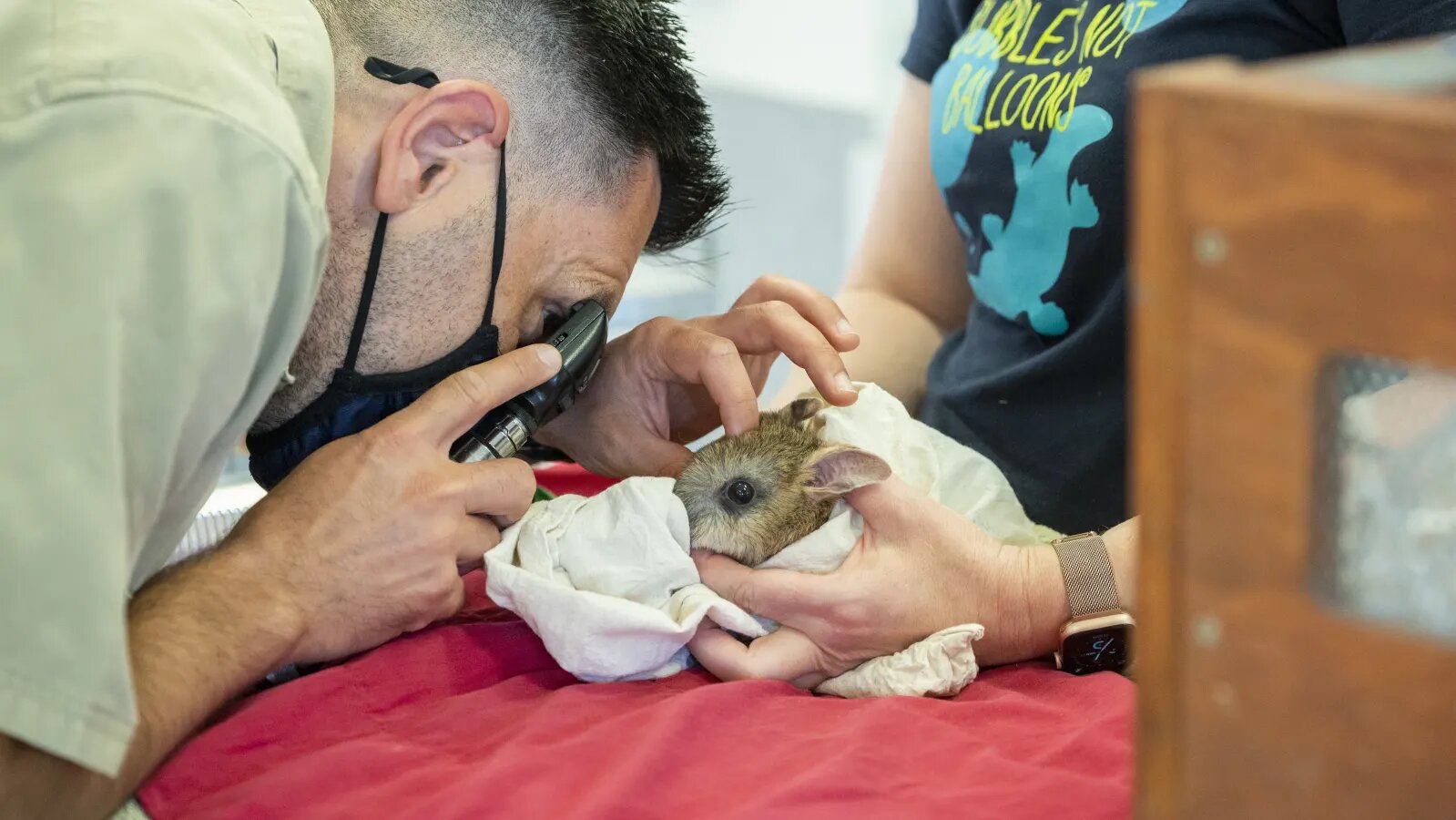
PROGRAM OUTCOMES So far and THE PLAN looking ahead
PROGRAM OUTCOMES SO FAR
Since 1991, Zoos Victoria has:
- Bred over 690 Eastern Barred Bandicoots.
- Released captive bred animals to establish and supplement populations at fox-free sites across Victoria
- Helped establish a free-ranging population at Woodlands Historic Park with Parks Victoria and Conservation Volunteers Australia in 2012.
- Taken part in a successful trial release on French Island. Island releases may be a key to species recovery.
- Secured $600,000 to fence private land at Tiverton Station, western Victoria with our partners at Mt Rothwell and Tiverton Property Partnering.
- Undertaken research to improve individual fitness in the captive-breeding program through mate choice trials.
- Established a free ranging population on Churchill Island with Phillip Island Nature Parks in 2015 and Phillip Island in 2017.
- Commenced the trial use of sheep guardian dogs to support unfenced populations of bandicoots.
- Released EBBs with French Island community onto French Island in October 2019.
THE PLAN LOOKING AHEAD
The following critical next steps will enable Zoos Victoria, along with their partners to move forward knowing that they are doing everything they can to prevent the extinction of this species:
- Establish and maintain a population of EBBs on French Island. — $270,000*
- Assist the eradication of feral cats from French Island. — $460,000
- Support the genetic health of EBB populations. — $20,000 p.a
- Support EBB fenced reserves to maintain fox-free status. — $60,000 p.a
- Maintain Zoos Victoria’s captive insurance populations. — $850,000
- Employ an EBB project officer to coordinate recovery efforts across Victoria. $91,000 p.a
- Engage French Island community where EBBs may be released. — $90,00
- Activations at zoos and online that aim to increase community care and knowledge of the species and generate support for the conservation projects. — $10,000
Total cost over five years = $2,535,000*
*all costs shown in Australian dollars.
Source: ZoosVictoria
